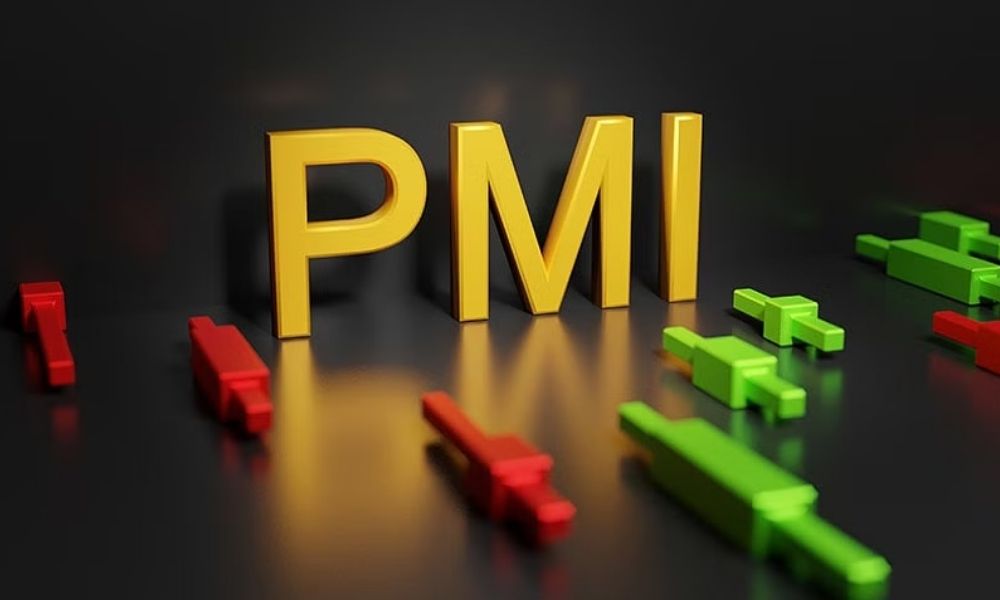Private Mortgage Insurance (PMI) is a type of insurance that is required by lenders when a borrower makes a down payment of less than 20% on a home purchase. This insurance protects the lender in case the borrower defaults on their mortgage payments. While PMI may seem like an added expense for the borrower, it also has its benefits. However, the question remains, who does PMI really benefit – the bank or the borrower? In this article, we will delve into the details of PMI and explore its advantages and disadvantages for both the bank and the borrower.
Contents
What is PMI?
PMI is a type of insurance that protects the lender in case the borrower defaults on their mortgage payments. It is typically required by lenders when a borrower makes a down payment of less than 20% on a home purchase. The purpose of PMI is to reduce the risk for the lender, as a smaller down payment means a higher risk of default for the borrower.
PMI is usually paid as a monthly premium that is added to the borrower’s mortgage payment. The cost of PMI can vary depending on factors such as the borrower’s credit score, the loan amount, and the type of mortgage. On average, PMI can cost between 0.5% to 1% of the total loan amount per year.
Read:What benefits do immigrants get?Benefits of PMI for the Bank
PMI provides several benefits for the bank, which is why it is a requirement for borrowers who make a down payment of less than 20%. Let’s take a look at some of these benefits:
- Reduced Risk: As mentioned earlier, PMI reduces the risk for the lender. With PMI in place, the lender is protected in case the borrower defaults on their mortgage payments. This allows the bank to lend to borrowers with a lower down payment, which can help them attract more customers and increase their profits.
- Higher Lending Capacity: PMI also allows banks to lend more money to borrowers. With PMI, the bank can lend up to 95% of the home’s value, compared to only 80% without PMI. This means that the bank can lend more money and earn more interest on the loan.
- Stable Cash Flow: PMI provides a stable source of income for the bank. As the borrower pays their monthly mortgage payment, a portion of it goes towards the PMI premium. This ensures a steady cash flow for the bank, which can help them manage their finances and make more loans.
Benefits of PMI for the Borrower
While PMI may seem like an added expense for the borrower, it also has its benefits. Let’s take a look at some of the advantages of PMI for the borrower:
Read:Are fringe benefits taxable?- Lower Down Payment: The main benefit of PMI for the borrower is that it allows them to make a lower down payment on their home purchase. This can be beneficial for those who do not have enough savings to make a 20% down payment. With PMI, borrowers can make a down payment as low as 3%, making homeownership more accessible.
- Opportunity to Buy a Home Sooner: PMI also allows borrowers to buy a home sooner than they would have been able to without it. With a lower down payment, borrowers can enter the housing market earlier and take advantage of low-interest rates and affordable home prices.
- Tax Deductible: In some cases, PMI can be tax-deductible for the borrower. This can help reduce the overall cost of homeownership and make it more affordable.
Disadvantages of PMI
While PMI has its benefits, it also has its drawbacks. Let’s take a look at some of the disadvantages of PMI for both the bank and the borrower:
Disadvantages for the Bank
- Costly: PMI can be costly for the bank, especially if a high number of borrowers default on their mortgage payments. This can eat into the bank’s profits and affect their financial stability.
- Additional Administrative Work: PMI requires additional administrative work for the bank, as they have to manage the premiums and ensure that they are paid on time. This can be time-consuming and add to the bank’s workload.
Disadvantages for the Borrower
- Added Expense: PMI is an added expense for the borrower, which can increase their monthly mortgage payment. This can make homeownership less affordable for some borrowers.
- No Equity Buildup: PMI does not contribute to the borrower’s equity in the home. This means that even if the borrower makes their monthly mortgage payments, they will not be building equity until they reach the 20% equity mark.
- Difficult to Cancel: PMI can be difficult to cancel for the borrower. In most cases, the borrower will have to reach the 20% equity mark before they can request to have their PMI removed. This can take several years, depending on the borrower’s mortgage payments and the housing market.
Case Study: PMI and the Housing Crisis of 2008
The housing crisis of 2008 was a result of several factors, one of which was the widespread use of PMI. During this time, many lenders were offering mortgages with low down payments and PMI, which allowed borrowers to buy homes they could not afford. When the housing market crashed, many borrowers defaulted on their mortgage payments, leaving the lenders with a high number of foreclosures and losses.
Read:Is va dependency and indemnity compensation a lifetime benefit?While PMI was meant to protect the lenders, it did not prevent the housing crisis. In fact, it contributed to it by encouraging risky lending practices and allowing borrowers to take on more debt than they could handle. This case study highlights the importance of responsible lending practices and the potential risks associated with PMI.
Alternatives to PMI
While PMI may be a requirement for borrowers who make a down payment of less than 20%, there are alternatives available. Let’s take a look at some of these alternatives:
- Piggyback Mortgage: A piggyback mortgage involves taking out two loans – one for 80% of the home’s value and another for 10% to 15% of the home’s value. This allows the borrower to avoid PMI and still make a lower down payment. However, the second loan usually comes with a higher interest rate.
- VA Loans: VA loans are available to veterans and active-duty military personnel. These loans do not require a down payment or PMI, making them an attractive option for those who qualify.
- USDA Loans: USDA loans are available to low-income borrowers in rural areas. These loans do not require a down payment or PMI, making them a good option for those who qualify.
Conclusion
PMI is a type of insurance that is required by lenders when a borrower makes a down payment of less than 20% on a home purchase. While it may seem like an added expense for the borrower, it also has its benefits. PMI reduces the risk for the lender, allows them to lend more money, and provides a stable source of income. For the borrower, PMI allows them to make a lower down payment and buy a home sooner. However, PMI also has its drawbacks, such as being costly for the bank and adding to the borrower’s monthly mortgage payment. It is important for both the bank and the borrower to carefully consider the pros and cons of PMI before making a decision. Alternatives to PMI are also available, and it is worth exploring these options to find the best fit for individual circumstances. Ultimately, PMI can benefit both the bank and the borrower, but it is important to understand its implications and use it responsibly.









